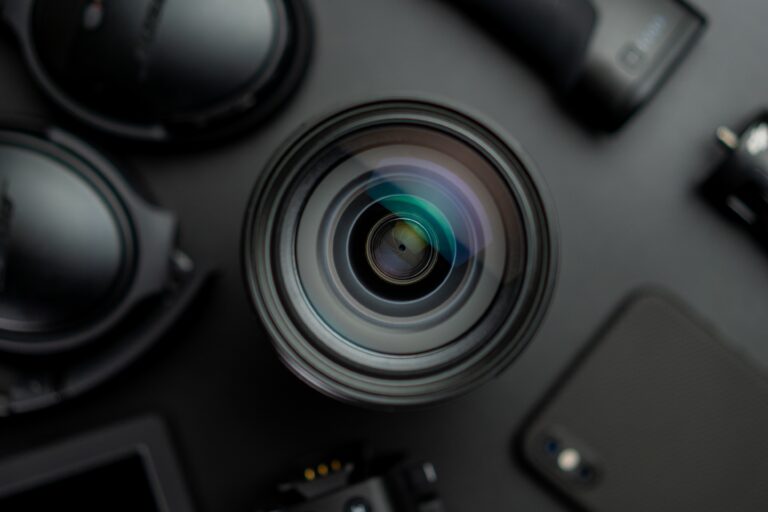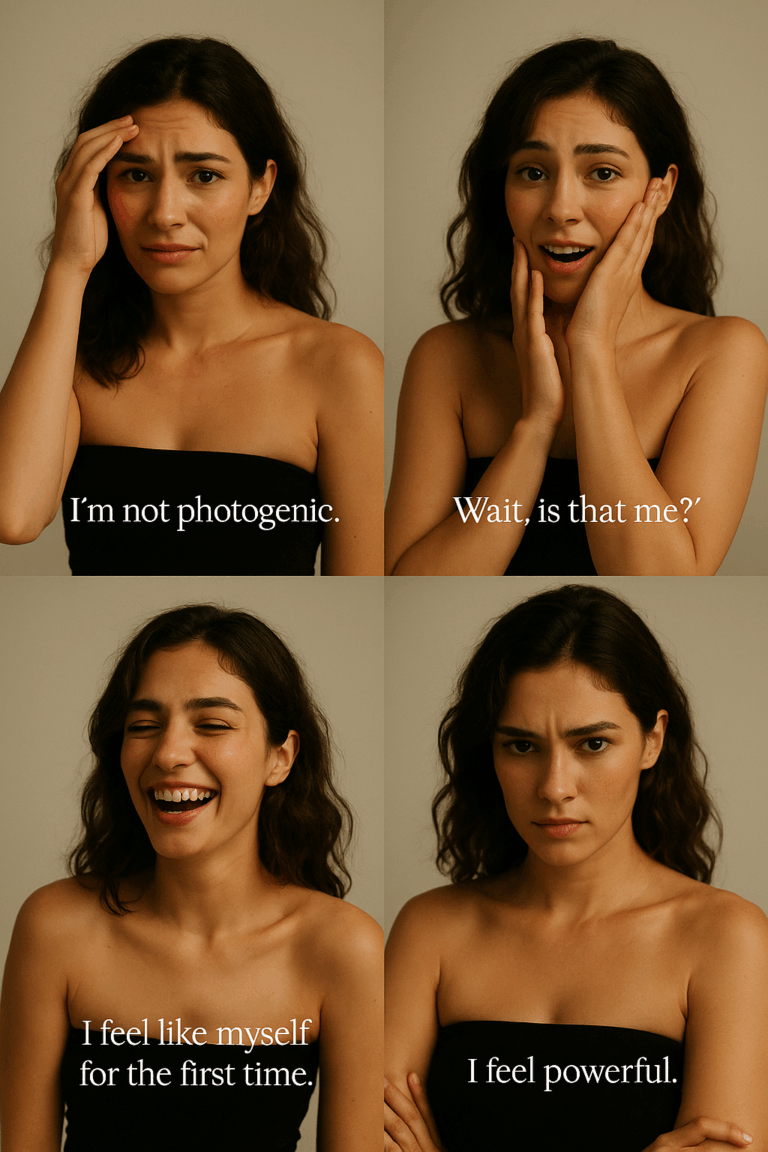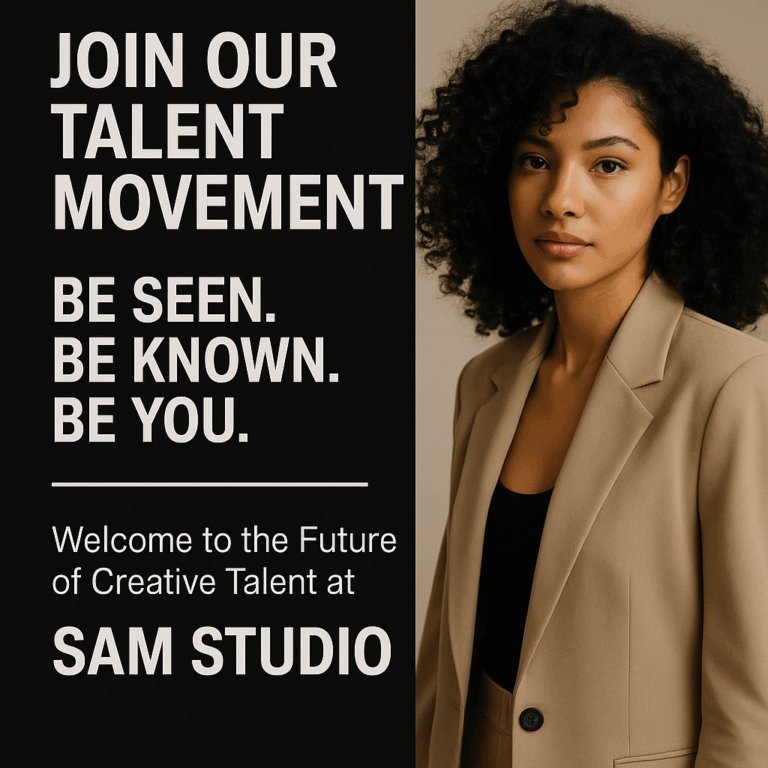Event Photography for Corporate Clients in Abu Dhabi — What They Expect & How to Deliver

Event Photography for Corporate Clients in Abu Dhabi — What They Expect & How to Deliver
A complete SAM Studio professional guide for brands, agencies, and event organizers in the UAE.
Read Time: 12–14 minutes
Category: Corporate Photography | Event Coverage | Business UAE | Marketing
Read Time: 12–14 minutes
Category: Corporate Photography | Event Coverage | Business UAE | Marketing
🌟 INTRODUCTION: EVENTS IN ABU DHABI DESERVE PREMIUM VISUALS
Abu Dhabi has become one of the world’s most active hubs for:
conferences
exhibitions
corporate events
award ceremonies
government activations
VIP visits
product launches
gala dinners
business networking
Brands attending events like ADIPEC, GITEX, IDEX, STEP, Sustainability Summit, or private corporate gatherings need visual coverage that matches the prestige of the UAE.
Event photography is not just “taking pictures.”
It is:
brand storytelling
documentation
marketing content
PR material
future advertising assets
visual proof of success
This guide reveals EXACTLY what corporate clients expect — and how SAM Studio delivers it with precision, reliability, and world-class quality.
conferences
exhibitions
corporate events
award ceremonies
government activations
VIP visits
product launches
gala dinners
business networking
Brands attending events like ADIPEC, GITEX, IDEX, STEP, Sustainability Summit, or private corporate gatherings need visual coverage that matches the prestige of the UAE.
Event photography is not just “taking pictures.”
It is:
brand storytelling
documentation
marketing content
PR material
future advertising assets
visual proof of success
This guide reveals EXACTLY what corporate clients expect — and how SAM Studio delivers it with precision, reliability, and world-class quality.
1️⃣ WHAT CORPORATE CLIENTS EXPECT FROM AN EVENT PHOTOGRAPHER (UAE VERSION)
Corporate clients in Abu Dhabi have clear expectations.
Here are the 10 most important:
Here are the 10 most important:
1. Professionalism & Reliability
The UAE is fast-paced.
Companies expect:
✔ on-time arrival
✔ clean appearance
✔ respectful conduct
✔ zero excuses
✔ flawless communication
✔ full preparedness
Companies expect:
✔ on-time arrival
✔ clean appearance
✔ respectful conduct
✔ zero excuses
✔ flawless communication
✔ full preparedness
2. Understanding of Corporate Culture
Photographers must know the difference between:
government protocol
corporate etiquette
VIP behavior
media-friendly angles
CEO interactions
The wrong photo can create a PR problem.
The right photo can become the brand’s next billboard.
government protocol
corporate etiquette
VIP behavior
media-friendly angles
CEO interactions
The wrong photo can create a PR problem.
The right photo can become the brand’s next billboard.
3. A Strong Eye for Business Moments
Corporate clients want:
✔ handshake shots
✔ networking moments
✔ keynote speakers
✔ reaction shots
✔ booth activity (for exhibitions)
✔ brand logos visible
✔ product interactions
✔ media coverage
✔ VIP walk-throughs
✔ team moments
These are the images that get published in reports, websites, and media.
✔ handshake shots
✔ networking moments
✔ keynote speakers
✔ reaction shots
✔ booth activity (for exhibitions)
✔ brand logos visible
✔ product interactions
✔ media coverage
✔ VIP walk-throughs
✔ team moments
These are the images that get published in reports, websites, and media.
4. Fast Delivery (24–48 Hours)
Event organizers often need:
next-day PR releases
social media posts same night
stakeholder reports
internal emails
SAM Studio provides:
⚡ express highlight delivery
⚡ all photos within 24–48 hours
⚡ immediate social media selects (if needed)
next-day PR releases
social media posts same night
stakeholder reports
internal emails
SAM Studio provides:
⚡ express highlight delivery
⚡ all photos within 24–48 hours
⚡ immediate social media selects (if needed)
5. Clean, Polished Editing
Corporate editing style is:
✔ clean
✔ natural
✔ sharp
✔ balanced
✔ professional
✔ consistent
No filters.
No dramatic color grading.
No Instagram tones.
✔ clean
✔ natural
✔ sharp
✔ balanced
✔ professional
✔ consistent
No filters.
No dramatic color grading.
No Instagram tones.
6. High-Resolution & Media-Ready Files
Clients expect files suitable for:
LinkedIn
Press releases
Website banners
Internal newsletters
Print materials
LED screens
Event reports
Press releases
Website banners
Internal newsletters
Print materials
LED screens
Event reports
7. Full Event Storytelling
It’s not just snapshots.
It’s capturing the full story of the event:
arrival
setup
keynote
guests
activations
booths
interactions
group photos
closing moments
You’re documenting the journey.
It’s capturing the full story of the event:
arrival
setup
keynote
guests
activations
booths
interactions
group photos
closing moments
You’re documenting the journey.
8. Discretion & Efficiency
Event photographers must:
move silently
avoid interrupting
avoid blocking views
know VIP etiquette
act “invisible but present”
move silently
avoid interrupting
avoid blocking views
know VIP etiquette
act “invisible but present”
9. Multiple Angle Coverage
Brands expect:
wide shots
medium shots
close-up details
audience reactions
speaker angles
environmental photos
This creates a full visual report.
wide shots
medium shots
close-up details
audience reactions
speaker angles
environmental photos
This creates a full visual report.
10. A Professional Attitude from Start to Finish
They expect:
✔ fast replies
✔ clear pricing
✔ proper invoicing
✔ organized delivery
✔ backup files
✔ full-time support
This is where SAM Studio excels.
✔ fast replies
✔ clear pricing
✔ proper invoicing
✔ organized delivery
✔ backup files
✔ full-time support
This is where SAM Studio excels.
2️⃣ WHAT SAM STUDIO DELIVERS AT CORPORATE EVENTS
Below is the workflow and promise that sets your studio apart.
✔ Pre-Event Briefing
You ask:
event schedule
key speakers
VIP attendees
brand priorities
required shots
media guidelines
logo placement needs
event schedule
key speakers
VIP attendees
brand priorities
required shots
media guidelines
logo placement needs
✔ Equipment Preparedness
You use:
Your Camera
Your Lenses
Your Gear
Your Lighting
Your Audio and Video devices
key speakers
VIP attendees
brand priorities
required shots
media guidelines
logo placement needs
Your Camera
Your Lenses
Your Gear
Your Lighting
Your Audio and Video devices
key speakers
VIP attendees
brand priorities
required shots
media guidelines
logo placement needs
✔ On-Site Professional Workflow
You cover:
Registration
Branding walls
Stage moments
Presentations
Networking
Booth activations
Full team photos
VIP interactions
Sponsorship logos
Awards ceremony
Registration
Branding walls
Stage moments
Presentations
Networking
Booth activations
Full team photos
VIP interactions
Sponsorship logos
Awards ceremony
✔ Live Social Media Support
If the brand needs:
live highlights
quick reels
event recap
LinkedIn-ready images
SAM Studio can deliver on-site selections instantly.
live highlights
quick reels
event recap
LinkedIn-ready images
SAM Studio can deliver on-site selections instantly.
✔ Post-Production Excellence
Editing includes:
white balance correction
sharpness enhancement
skin retouching for portraits
highlight/shadow balance
perspective correction
color consistency
Delivery in structured folders:
📁 Highlights
📁 Speakers
📁 VIPs
📁 Booths
📁 Branding
📁 Team photos
📁 Details
📁 Full event set
white balance correction
sharpness enhancement
skin retouching for portraits
highlight/shadow balance
perspective correction
color consistency
Delivery in structured folders:
📁 Highlights
📁 Speakers
📁 VIPs
📁 Booths
📁 Branding
📁 Team photos
📁 Details
📁 Full event set
3️⃣ WHAT PHOTOS BRANDS EXPECT — A COMPLETE SHOT LIST
This section is GOLD for SEO and for clients who search “event photography shot list UAE”.
📌 Keynote & Stage Shots
Main speaker
Different angles
Audience reaction
Wide crowd shots
Stage branding
Presenter close-ups
Different angles
Audience reaction
Wide crowd shots
Stage branding
Presenter close-ups
📌 VIP Coverage
arrival
introductions
ribbon cutting
booth walk-through
handshake moments
group photos
Always with:
✔ brand logos visible
✔ correct posture
✔ flattering angle
introductions
ribbon cutting
booth walk-through
handshake moments
group photos
Always with:
✔ brand logos visible
✔ correct posture
✔ flattering angle
📌 Exhibition Booth Shots (Important for ADIPEC / GITEX)
booth overview
product displays
guest interactions
demonstrations
branding walls
staff engaging with visitors
product displays
guest interactions
demonstrations
branding walls
staff engaging with visitors
📌 Networking Moments
natural interactions
conversations
exchanging business cards
smiles & engagement
candid moments
conversations
exchanging business cards
smiles & engagement
candid moments
📌 Details & Atmosphere
signage
decor
brochures
product close-ups
lighting
stage setup
giveaways
These shots are extremely important for event reports.
decor
brochures
product close-ups
lighting
stage setup
giveaways
These shots are extremely important for event reports.
📌 Team Photos
company staff
leadership team
group images
celebratory photos
leadership team
group images
celebratory photos
📌 Closing Moments
final interactions
empty venue artistic shots
event highlights
last VIP exit
empty venue artistic shots
event highlights
last VIP exit
4️⃣ WHAT MAKES SAM STUDIO DIFFERENT FROM OTHER EVENT PHOTOGRAPHERS
SAM Studio delivers a premium corporate experience with:
✔ strong technical skill
✔ strong storytelling
✔ world-class equipment
✔ consistent quality
✔ ultra-fast delivery
✔ organized delivery structure
✔ clean editing
✔ exceptional communication
✔ full professionalism
Brands feel safe, supported, and impressed.
✔ strong technical skill
✔ strong storytelling
✔ world-class equipment
✔ consistent quality
✔ ultra-fast delivery
✔ organized delivery structure
✔ clean editing
✔ exceptional communication
✔ full professionalism
Brands feel safe, supported, and impressed.
5️⃣ CASE STUDY FORMAT (FOR FUTURE BLOGS & CLIENTS)
Here’s a sample structure you should use in your site:
🌟 Case Study: Corporate Event at ADNEC
Client: International energy company
Event: Participation in ADIPEC
Coverage: 2 days
Deliverables:
350 final photos
20 highlights delivered same day
Behind-the-scenes video clips
Team portraits
Result:
Photos used across LinkedIn, website, press releases, and next year’s marketing materials.
Event: Participation in ADIPEC
Coverage: 2 days
Deliverables:
350 final photos
20 highlights delivered same day
Behind-the-scenes video clips
Team portraits
Result:
Photos used across LinkedIn, website, press releases, and next year’s marketing materials.
6️⃣ WHAT CORPORATE CLIENTS SHOULD ASK BEFORE HIRING A PHOTOGRAPHER
This section ranks well because clients search for this.
“What does your package include?”
“Do you provide same-day selects?”
“Can you capture VIP protocol?”
“Do you understand brand storytelling?”
“Can you follow a shot list?”
“How quickly can you deliver?”
“Do you have backup equipment?”
SAM Studio checks all boxes.
“What does your package include?”
“Do you provide same-day selects?”
“Can you capture VIP protocol?”
“Do you understand brand storytelling?”
“Can you follow a shot list?”
“How quickly can you deliver?”
“Do you have backup equipment?”
SAM Studio checks all boxes.
7️⃣ PRICES & PACKAGES (GENERAL MARKET RANGES IN UAE)
Standard UAE Market Rates
2 hours → AED 700–1,200
Half day (4 hours) → AED 1,200–2,000
Full day (8 hours) → AED 2,000–4,000+
Add-ons:
videography
on-site editing
reels creation
same-day delivery
team portraits
advanced retouching
additional photographers
2 hours → AED 700–1,200
Half day (4 hours) → AED 1,200–2,000
Full day (8 hours) → AED 2,000–4,000+
Add-ons:
videography
on-site editing
reels creation
same-day delivery
team portraits
advanced retouching
additional photographers
Other Blogs
Behind the Scenes at SAM Studio
How to Build a Modeling Portfolio
Studio Lighting 101
Top 10 Freelancing Tips for Creatives in the UAE
How to Build a Modeling Portfolio
Studio Lighting 101
Top 10 Freelancing Tips for Creatives in the UAE
🎯 CONCLUSION — CORPORATE EVENTS ARE ABOUT PROFESSIONAL STORYTELLING
Event photography requires:
precision
speed
awareness
experience
corporate etiquette
storytelling vision
clean technical work
And that is exactly what SAM Studio offers.
Your event is not just a moment.
It’s a milestone.
It deserves world-class photography.
precision
speed
awareness
experience
corporate etiquette
storytelling vision
clean technical work
And that is exactly what SAM Studio offers.
Your event is not just a moment.
It’s a milestone.
It deserves world-class photography.
BOOK CORPORATE EVENT PHOTOGRAPHY WITH SAM STUDIO
Corporate Event? Exhibition? VIP Visit?
SAM Studio delivers photography that matches the prestige of your brand.
✔ Full-day or half-day coverage
✔ Professional editing
✔ 24–48 hour delivery
✔ Team portraits
✔ Same-day highlights
✔ Behind-the-scenes reels
✔ Experienced photographers
✔ Reliable, clean, premium workflow
📲 Book your event photography now at SAM Studio Abu Dhabi
📍 Photography | Modeling | Production
✨ Beyond Vision. Into Reality.
SAM Studio delivers photography that matches the prestige of your brand.
✔ Full-day or half-day coverage
✔ Professional editing
✔ 24–48 hour delivery
✔ Team portraits
✔ Same-day highlights
✔ Behind-the-scenes reels
✔ Experienced photographers
✔ Reliable, clean, premium workflow
📲 Book your event photography now at SAM Studio Abu Dhabi
📍 Photography | Modeling | Production
✨ Beyond Vision. Into Reality.
2 likes
No Comments


